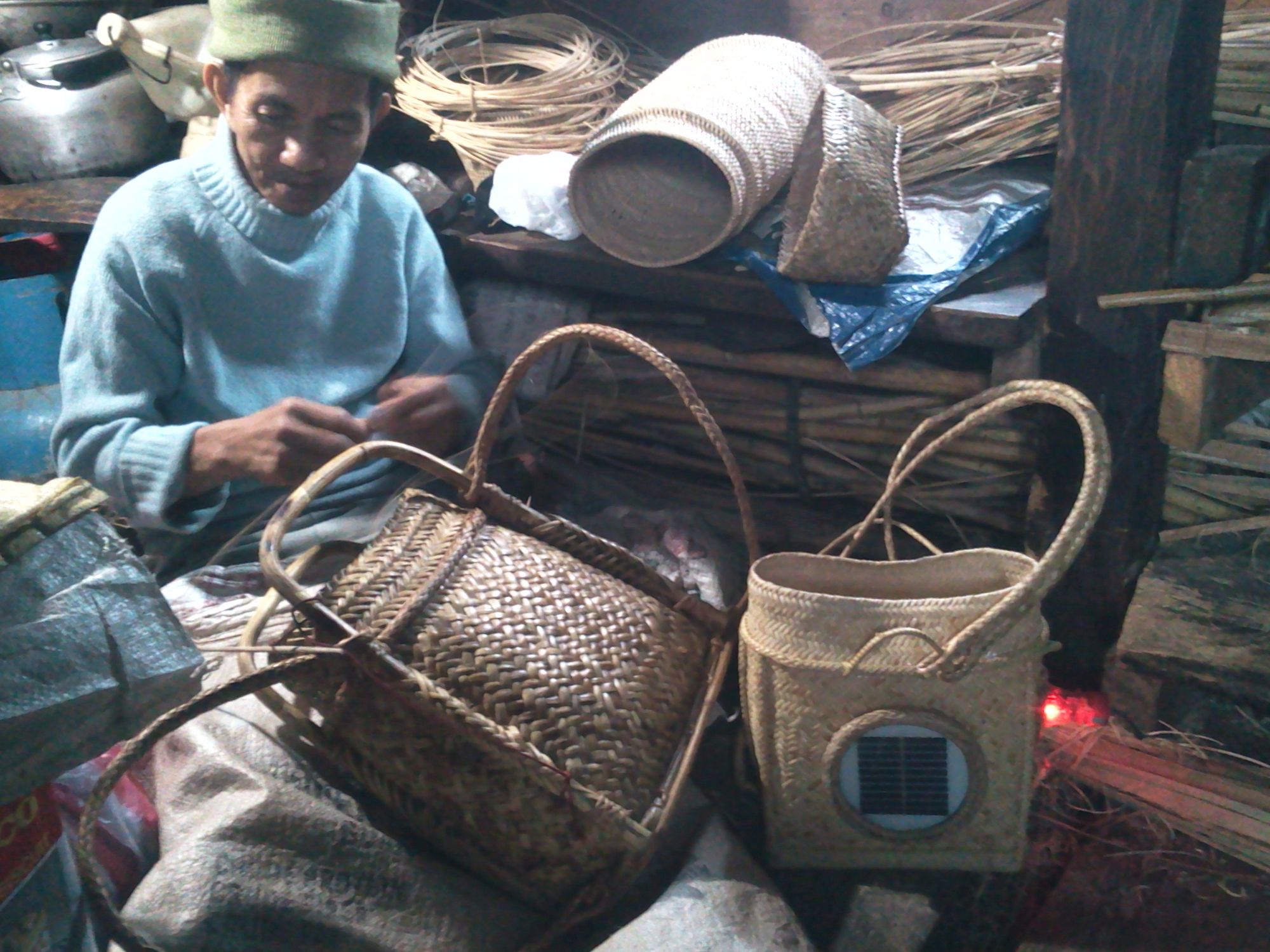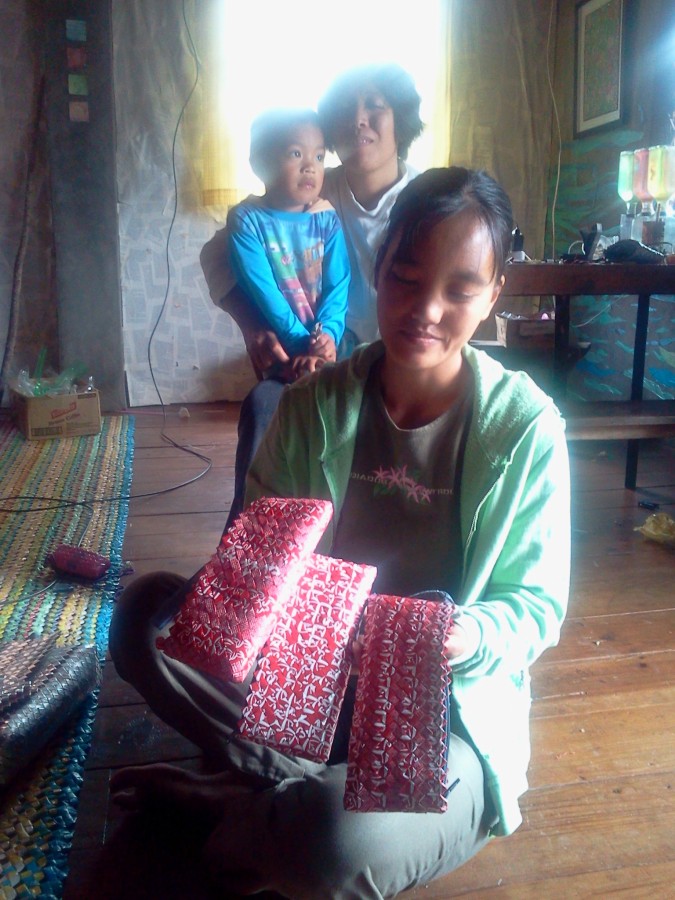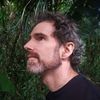1000 Years Pollution Free
For thousands of years civilizations other than our own have thrived without pollution. Can we?

In one of the more profound periods of my life, I became lost in the remote highlands of northern of the island of Luzon, in the West Philippines Sea, in the land of the Igorot people. The Igorots, one of the few un-conquered indigenous peoples in South East Asia, have over the centuries fiercely maintained a remarkable culture and remarkable harmony with the cycles of life around them. At a point of my life where love, career and contracts all fell apart, I was taken in by the Igorots and allowed to make my home in their verdant valley for five years. There, I learned their Kankanaey language as a way to integrate and understand their rich culture. In so doing it helped me to understand some of the profound shortcomings in of my own.
It was fascinating to learn new words and concepts from a culture so different from my own.
However, it was even more fascinating to learn what words they did not have.

In the Igorot language there is no word for ‘trash’. In their world-view, there is no concept of ‘waste’ or ‘worth-less’. It was very hard for me to grasp at first– the concept of waste is so ingrained in my own world view. Yet, in the Igorot way of looking at the world, literally everything has its use, and once its purpose is complete, another awaits it. Everything from cups, bowls, packaging, backpacks, tools and houses were made from locally sourced, organic resources. Once their use was complete, everything could be reused locally and personally in some new way: They could be composted, fed to the pigs, or fixed and re-purposed. Indeed, it is impossible for something to be ‘waste’ or ‘worthless’ if its next life cycle is already built in.
As I continued to learn the language, I also discovered that they had words that were missing in my language. In fact of the half dozen other languages that I have learned, I had never encounter anything like several of their terms.
The most striking was the word ‘Ayyew‘.
It became clear to me that this was an important Igorot virtue, a word used to describe the attribution of value to the tighter cycling of an object. The closest we have in English is ‘thriftiness’– but its emphasis on saving money, and slightly derogatory connotation mean it is not the same. Ayyew, is entirely positive and exults and praises the maximizing of cycles of utility. For example, one could compost one’s organic waste for garden fertilizer — or more Ayyew — feed it to the pigs: thus fattening them up and creating richer manure to fertilize the garden.
My Igorot friend Banayan Angway, describes how children are encouraged to be Ayyew and finish their meal down to the last grain of rice — not because it will be ‘waste’, but to respect their place in the cycles of harvest, season and sun that made the rice possible. Sure, the leftover food could be given to the pigs. However, the cycles of life are even more enriched when the rice is eaten by a human, who can then tend the cycles of the pig and garden. It’s a subtle, yet powerful, distinction and affirmation. This exultation of Ayyew, leads to not only to the reverence of ecological cycles in Igorot culture — it enables the Igorot to know their place in the cycles, and work towards enriching them at every turn.
Alas, with the arrival of American missionaries in the 1900s, the influence of southern Filipino culture, and the ever encroaching tendrils of capitalism, ‘trash’ has made its way to the Cordilleras. The Kankanaey language has since appropriated the Filipino word “basura” (this being the word for trash of the 16th century Spanish colonizers). Consequently, today, many of the rivers, forests and fields of the Cordilleras have become inundated with waste.
However, for me it was a fascinating experience to see how the Igorots rose to the ‘waste’ challenge. I came to learn that Ayyew is very different from the concept of recycling back in my country (where we try to use things over and over until they get thrown out). Instead, Ayyew, as virtue, leads to an ever evolving spiral of iterative, community-driven tightening and improvement of cycling. As various types of "waste" (plastic for example) have become problems, so too has the Igorot tribe’s ferocity to transform and cycle it. Thus the Igorots are years ahead of the rest of South East Asia in their community based, collaborative solutions to what others would call, ‘waste’.

Stoked by the Igorot Ayyew virtue, the entire Cordillera region was a hot-bed of innovative cycling!
The miners in the mountains were famous for weaving intricate backpacks from the long ropes of peeled plastic dynamite cord. The women in my village were renowned for their work transforming plastic sachets and straws into all sorts of creations, from clutch bags, to mats, to purses (many of which were exported to fulfil orders around the world). Meanwhile, the schools and churches were the very first to start ecobricking in the Philippines. Their community ecobrick projects, in which tons of plastic was re-purposed, have inspired the spread of the ecobrick movement all over South East Asia.
The Igorots have a word to praise these innovative, hard-working, recyclers. I was always hearing them being called ‘nagaget’.
I came to learn that this was a word of honour in Igorot culture. The closest we have in the English language is ‘industrious’ or ‘hard working’. But where ‘industrious’ is a virtue from the industrial revolution, referring to working efficiently towards a goal, ‘nagaget’ flows from the virtue of ayyew: working hard to make better, tighter and more abundant cycles — such as someone who would work a barren patch of land, apply their garden skills and creativity and bring it to fertility and abundance. The term implies innovation, hard work, and even a touch of heroism.
Indeed, the nagaget woman who rebuilt her house with plastic, the nagaget man who turned bottles into a bench, the nagaget high school students who made ecobrick furniture— they are all Ayyew heroes– enriching otherwise polluting materials and cycling them into solutions!
Living in their land, I had lots of adapting to do.
I came to see that my words, grammar and world view were steeped in very different values. My German and Scottish ancestry finds its roots in the Judeo-Christian tradition. In this view of the world is the tendency towards a dichotomous, black and white view of life: sinful and sacred, angels and demons, good and bad. This biblical paradigm is fundamentally linear rather than circular: one moves from birth to death, to heaven or hell, sinner to saved.
I came to see that the words ‘trash’ and ‘waste’ are a reflection of this view of the world. The act of “trashing” an object is essentially a condemnation. We are judging the object to be worthless and no longer fit for a place in our world.
Despite its molecules remaining unchanged, the word 'trash' condemns the object to a hellish fate as its taken away to be dumped or burned somewhere. These ‘dumps ‘ and ‘landfills’ (words the Igorots also did not have in their vocabulary nor for that matter their in their past) are remarkably similar to Hell in their noxious, smouldering desolation.
Ironicially, despite all our technology, industry, and best intentions the generation of waste and the trash are actually increasing. In the decades since I learned in school to ‘recycle’, our dumpsites are bigger than ever, while disastrous amounts of plastic are making it into the ocean.
This has been the pattern of our civilization, our paradigm.
But it needn’t be so.
I’ll never forget a visit to a remote Igorot village, nestled in a rugged, verdant, and stunningly beautiful valley. The village, only accessible after a half hour hike down from the highway, is famous for its ancient stone solar calendar.
Here, after centuries of Igorot habitation, the applied principles of Ayyew could be vividly seen and experienced.
A great waterfall cascaded down into the valley. At its base an intricate network of terraces and irrigation ensured the maximum usage and dispersion of the water to all the community’s rice paddies, family farms and gardens. While waiting for my friend to finish her meeting in the village, I had a moment sitting alone to look about at all the plants growing between the houses and walkways.
Everything was edible!
All these plants, from avocados to passion fruit were growing in verdant abundance around the town — between homes, ditches, walkways and fields, in every gap. And then out of the town, the entire valley was rice terraces, fruit trees and more.

It was literally a heaven on earth.
The entire community and culture were a full expression of Ayyew. Everywhere, cycles of utility had been intensified, amplified and synced so that the village was living in full thriving abundance. Unlike the separation between food production and housing in my land (often food travels thousands of kilometres to get to one’s plate), here food and living were intimately meshed. Unlike the subjugation of a single species to a single track of land (as we grow food in my country) the village was a thriving symphony of species. The stone calendar, on which the sunrises of the equinoxes would fall, and the community’s celebrations were guided, was a culminating testament to their syncing with the cycles of life.
A glance at the highly evolved civilizations that came before us, and in particular those still with us, shows us that solving the pollution crisis, has little to do with technology and way more to do with our way of looking at the world.
There’s no need to wait for the next eco-innovation, or for some technological breakthrough. Co-creating a thriving, harmonious world is as simple, and as momentous, as losing some words, and learning some new ones.
It’s time we got a little more nagaget, and started living a little more ayyew.


